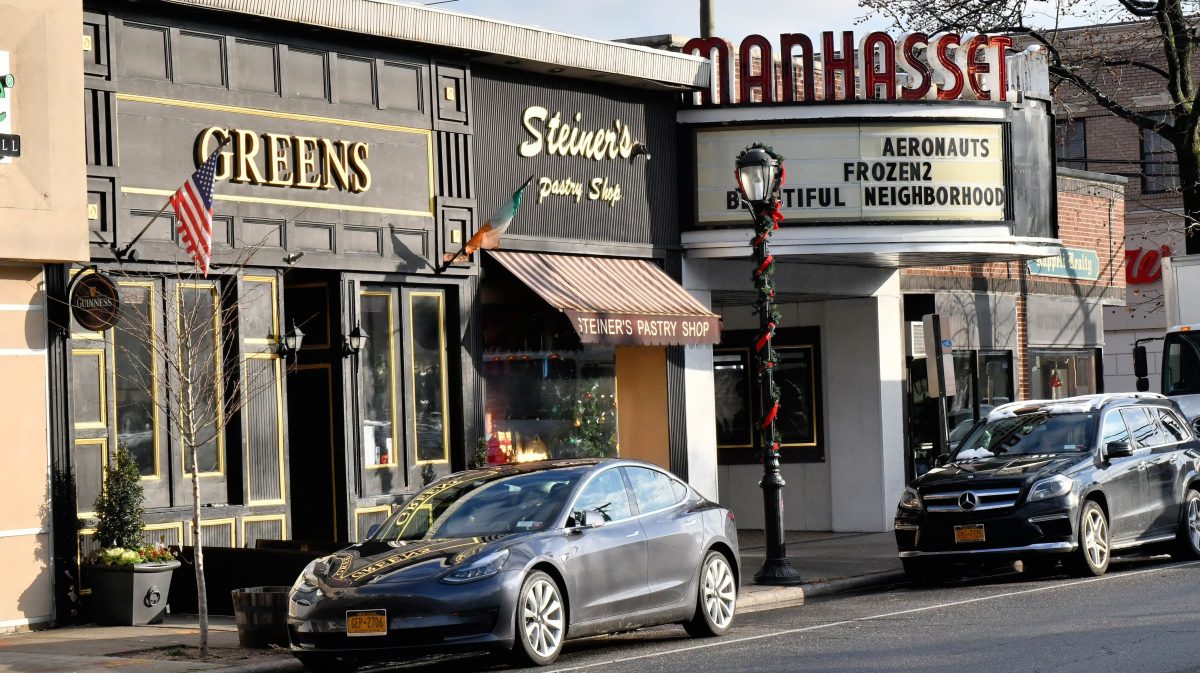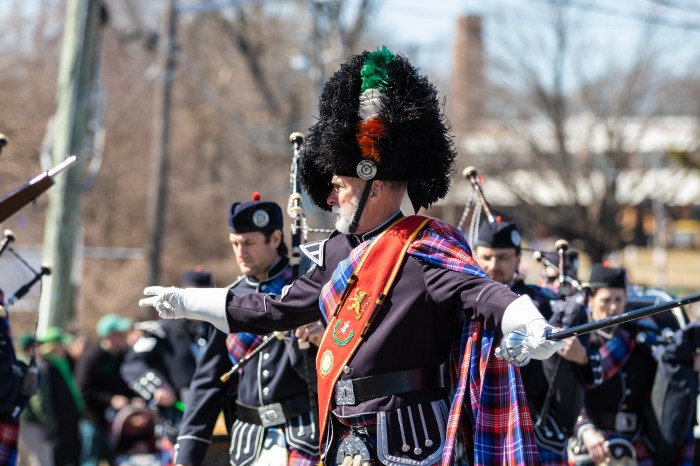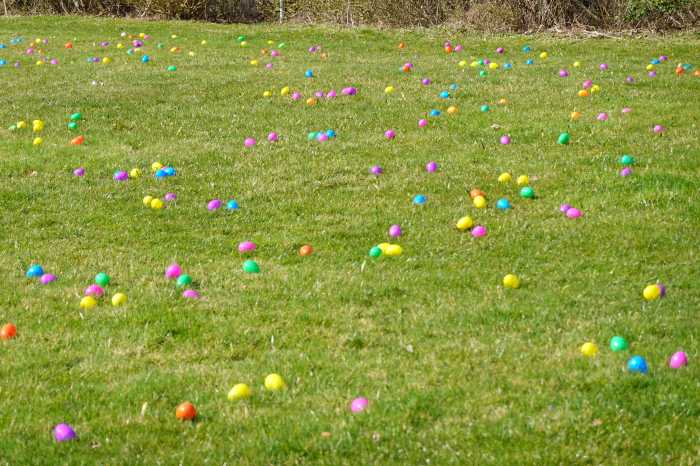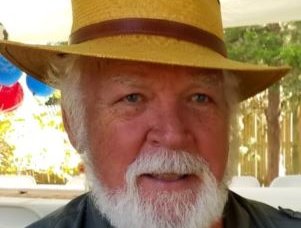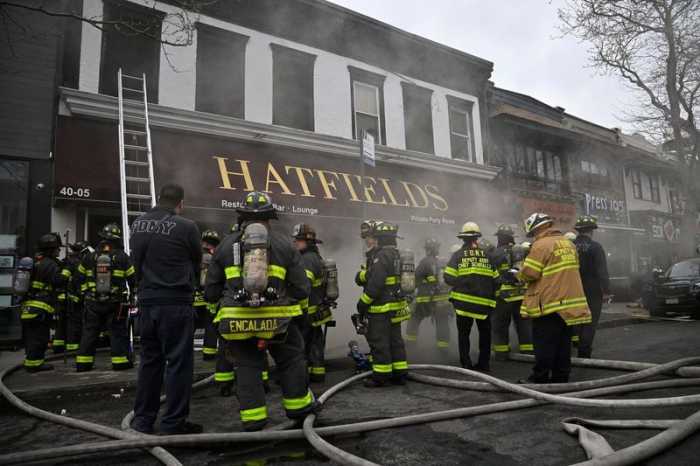Driving through Manhasset on ever-busy Northern Boulevard, it’s hard to imagine that the place was once basically just one big waterfront pasture on the North Shore, where as far back as the mid-1600s hundreds of cows enjoyed the area’s fine grazing land.
The real estate has appreciated considerably since then, while the local bovine population has notably declined. What is now known as Manhasset — a Native American term meaning “island neighborhood” — was formerly part of a broader peninsula called Cow Neck, also comprised of modern-day Port Washington and other surrounding villages, located on Schout’s Bay, or present Manhasset Bay.
By 1659, Cow Neck was home to 300 cows and their keepers, separated from its southern neighbors by 5 miles of fence. In 1677 the fence came down, landholdings were formalized and the future Manhasset became Little Cow Neck, while Port Washington took the name Upper Cow Neck.
It wasn’t until 1840 that Manhasset adopted its present name, just as changes began to sweep through the area. Although the dairy business so long associated with the region remained strong, new industries — like oysters — started to take hold. Then in 1898, Manhasset was connected to the Long Island Rail Road, leaving most of its agrarian past behind, as a series of spectacular estates of families like the Vanderbilts, Whitneys, and Strathmores took hold.
As those extravagant days ebbed by mid-century, the region evolved again, becoming one of LI’s most family friendly communities and a premiere destination for retail, hosting branches of some of the most well-known stores in New York.
That means there’s plenty to do in Manhasset, whether your interests range from big-ticket shopping sprees to serene nature walks. Here are some ways to truly immerse one’s self in all that is Manhasset:
IF THIS ROCK COULD TALK
To get a real sense of just how long the Manhasset region has been occupied, try and sneak a peek at Shelter Rock (10 feet from Shelter Rock Road, on the border of Manhasset and North Hills), an 1,800-ton natural granite boulder glacially deposited there more than 11,000 years ago. Measuring 55 feet high and 35 feet wide, it is the largest known of its kind on the Island, and features a 30-foot overhang. Native Americans purportedly used the rock as shelter as far back as 1,000 B.C. and the Matinecock tribe is known to have settled nearby; multiple colonial and Native American legends surrounded the rock for centuries and still endure.
Today, Shelter Rock is located on the 408-acre Greentree Foundation (gtftew.org) private estate, formerly owned by the Whitneys, which is one of Long Island’s last largely intact Gold Coast estates and comprises nearly a quarter of Manhasset’s total land footprint. It is now a conference center dedicated to international justice and human rights issues; unfortunately, that means Shelter Rock is not currently publicly accessible, aside from special tours conducted for schools, scout troops and other groups, and special events like the Greentree Foundation Teachers’ Ecology Workshop, held there each year. However, if you drive on Shelter Rock Road, look for a marker sign, denoting where you can potentially see the very top of Shelter Rock from the road, especially during the winter, when there is less vegetation.
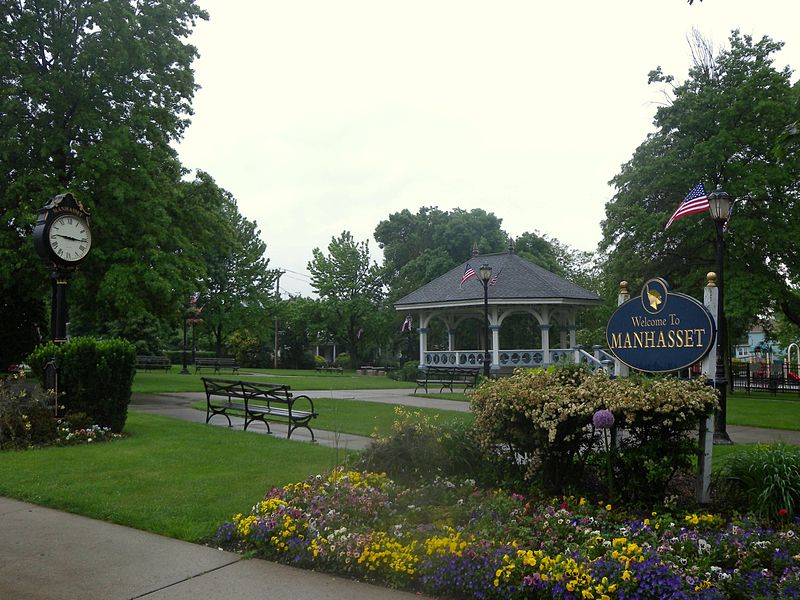
COMMUNE WITH NATURE
Some former Manhasset estates, luckily, are now public domain. The natural beauty of the Manhasset area is showcased for all to enjoy at Leeds Pond Preserve (1526 N. Plandome Rd., Plandome Manor, 516-627-9400, nassaucountyny.gov/2834/Leeds-Pond-Preserve), a rolling, 35-acre oasis overlooking Manhasset Bay. Hike its nature trails through a wooded valley crowned with 16 acres of maple, oak, and tulip trees, past the ruins of a stone farmhouse, following a stream leading to Leeds Pond. There is a 40-minute self-guided trail around the pond — home to numerous varieties of ducks and birds — as well as several unmarked trails to explore.
The preserve is also home to the Science Museum of Long Island (1526 N. Plandome Rd., Plandome Manor, 516-627-9400, smli.org), housed in a former Victorian mansion. The museum is run by a nonprofit dedicated to teaching children about science through various programs, including enrichment workshops held on weekdays and during school vacations, as well as summer camps. Activities at the museum are scheduled, preregistered science workshops only; it does not currently offer any exhibits. Check the website for upcoming events.
TRACES OF THE PAST
Although you have to make a concerted effort to look for them, Manhasset and its surrounding villages still contain some vestiges of the area’s historic colonial beginnings. For example, the 18th century Flower Hill neighborhood (the intersection of Port Washington Blvd., Bonnie Heights Road and Country Club Drive) still features three original farmhouses: The Willets House, on the west side of Port Washington Blvd., now headquarters of the Cow Neck Peninsula Historical Society (336 Port Washington Blvd., 516-365-9074, cowneck.org); the Williams House, also on the west side of Port Washington Blvd.; and the Hewlett Homestead, on the east side.
And in the hamlet’s old commercial center, right next door to Manhasset’s public library stands its historic Quaker Meeting House (1421 Northern Blvd., 631-421-0259, fgcquaker.org/connect/quaker-finder/manhasset-quaker-meeting), dating to 1702, which was even occupied by British and Hessian troops during the American Revolution. In 1812 the original building was demolished and rebuilt, using the original benches and timbers. The oak tree on the property is said to be one of the oldest and largest on LI.
TRULY MELLIFLUOUS
Manhasset’s passion for the arts is nurtured by the Music Institute of Long Island (90 Plandome Rd., 516-627-7052, milimusic.com), a classical music school that teaches the Suzuki, traditional and Associated Boards of the Royal Schools of Music methods to students of all ages, instrumental skills and levels. Budding virtuosos flock there to learn from esteemed instructors from some of the most prestigious conservatories and graduate music schools in the U.S. and Europe, who teach instrumental programs in violin, viola, cello, double bass, guitar, piano, jazz piano, flute, clarinet, saxophone, trumpet, trombone, voice, and tuba. Graduates of the institute have gone on to colleges and conservatories such as Juilliard, Eastman School of Music, Manhattan School of Music, Mannes School, Columbia, Cornell, Yale, Harvard, Amherst, University of Pennsylvania, and University of Michigan.
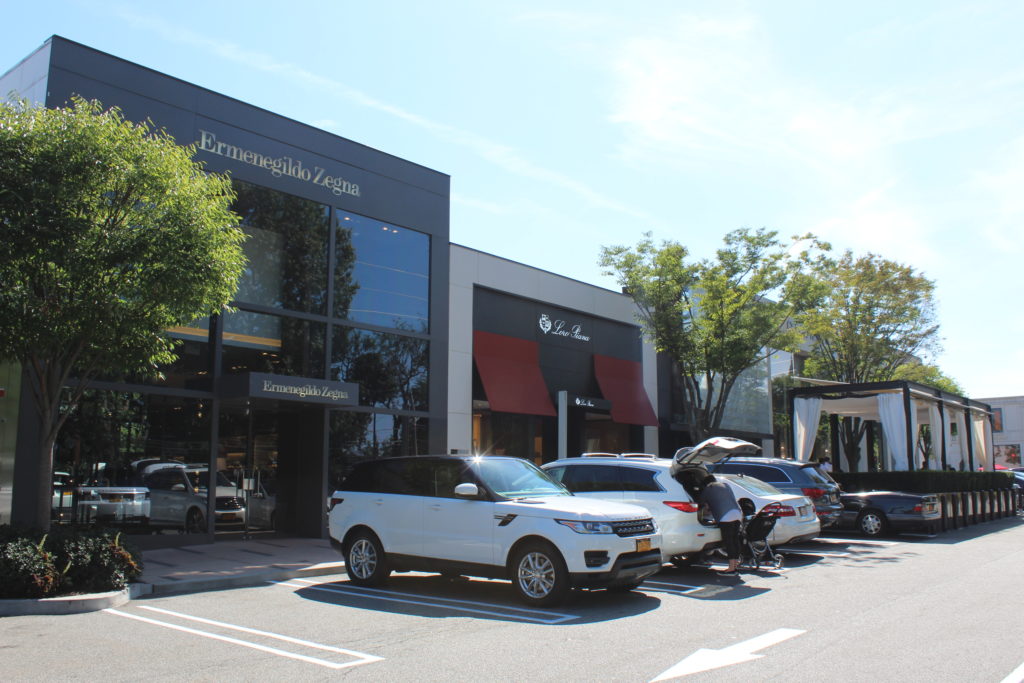
MIRACULOUS MALL
Of course, Manhasset is perhaps most popularly known for its 220,000-square-foot, open-air Americana Manhasset mall (2060 Northern Blvd., 516-627-2277, americanamanhaset.com), stretching along what’s known as the “Miracle Mile.” Yes, that’s the very same Miracle Mile referenced by Billy Joel in the 1980 hit, “It’s Still Rock and Roll to Me.” The mall’s dizzying array of more than 60 restaurants and high-end retail stores includes brands like Prada, Hermès, Dior, Cartier, Bottega Veneta, Chanel, Fendi, Gucci, Louis Vuitton, Max Mara, Celine, Tiffany & Co., surrounded by gardens designed by Oheme, van Sweden & Associates. There was a time when even the likes of J.Lo shopped there. How much more of an endorsement could you possibly need?
WHERE TO DINE
BLVD25
1496 Northern Blvd., 516-918-9083, blvd25ny.com
Café Continental
1538 Northern Blvd., 516-627-4269, cafecontinentalmanhasset.com
Cipollini Trattoria & Bar
2110 Northern Blvd., 516-627-7172, pollrestaurants.com/restaurants/cipollini
Gino’s
451 Plandome Rd., 516-627-5280, ginosofmanhasset.com
La Coquille
1669 Northern Blvd., 516-365-8422, lacoquilleny.com
Louie’s Manhasset Restaurant
339 Plandome Rd., 516-627-0022, louiesmanhassetrestaurant.com
Schout Bay Tavern
118 Plandome Rd., 516-627-2190, schoutbaytavern.com
Stresa
1524 Northern Blvd., 516-365-6956, stresa-restaurant.com
Toku Modern Asian
2014 Northern Blvd., 516-627-7121, pollrestaurants.com/restaurants/toku
Umberto’s
429 Plandome Rd., 516-472-7801, umbertosfamily.com
Villa Milano
168 Plandome Rd., 516-365-3440, villamilanomanhasset.com




